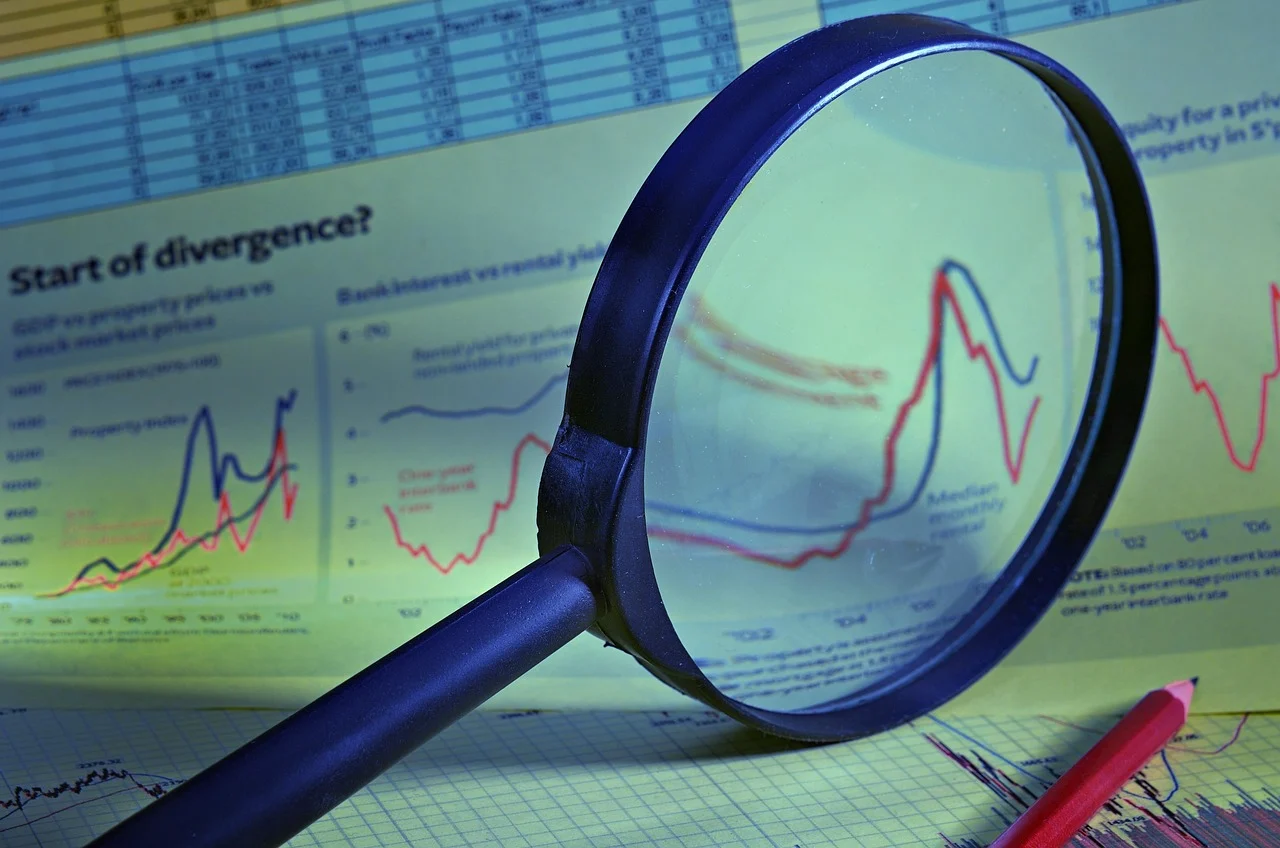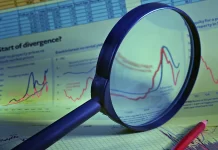In trading, just like in business or sports, it’s not only about winning. It’s mainly about surviving the losses. And that’s where risk management comes in – the invisible hero behind successful traders.
You might have already heard terms like win rate, risk/reward ratio, or expected value. But without proper risk management, these are useless.
What Is Risk Management?
Risk management is a set of rules and habits that a trader uses to protect their capital from unnecessary losses. It’s a plan that defines how much money you’re willing to risk per trade, what size positions you can afford, and when it’s time to exit – regardless of how the trade is going.
Simply put: risk management is your personal seatbelt on the road to profit. It won’t prevent a crash (loss), but it greatly reduces the damage.
Why Do You Need Risk Management?
1. Because Losses Are Inevitable
Not even the best trader in the world wins 100% of trades. Many professionals have a win rate around 50–60%, some even lower. The key is that they have a plan to survive a series of losing trades without wiping out their account.
Risk management lets you survive the tough times and stay in the game until probability swings back in your favor.
2. Because Emotions Are Your Worst Enemy
Without a risk management plan, every loss hurts more than it should. And that’s when traders make mistakes: doubling position size, removing stop-losses, or abandoning rational thinking.
A solid risk management plan keeps you calm, because you know every loss is under control. It won’t threaten your account or your mindset.
3. Because Profit Is Just a Side Effect of Good Risk Management
Many beginners focus only on how much they can make. Experienced traders know they must first protect their capital – and only then focus on profits.
In other words: risk management isn’t a brake on your growth – it’s the foundation of it.
What Does Risk Management Give You?
Stability
With proper risk management, you approach every trade consistently. You rely on predefined rules, not emotions or gut feeling. That gives you psychological stability – even in volatile markets.
Capital Protection
If you risk, say, 1% of your account per trade, you can survive long losing streaks without being knocked out of the game. Even 10 losing trades in a row would only cost you 10% of your capital. Without this, you’d likely panic and make emotional decisions after just a few losses.
Realistic Expectations
Risk management helps you interpret your results correctly. If you know your expected value is, say, 0.2 (you make 0.2 units per unit of risk on average), you understand that short-term fluctuations mean little. You gain confidence in your numbers and your system.
Core Principles of Risk Management
1. Position Sizing
How much capital do you risk per trade? A common rule is 1–2% of your total account. For a 100,000$ account, that means risking no more than 1,000–2,000$ per trade. This allows for long-term survival.
2. Stop-Loss and Take-Profit
You must define in advance when you will exit a trade at a loss, and ideally also when you’ll exit in profit. Risk management without a hard stop-loss is just an illusion of safety.
3. Risk/Reward Ratio (RRR)
This is the ratio between your potential gain and potential loss. If you risk 1,000 CZK and can earn 2,000$, your RRR is 1:2. That means you can be profitable even with a lower win rate.
4. Diversification and Correlation
Trading across different markets, strategies, or timeframes that aren’t closely correlated reduces your overall portfolio risk. The old saying applies here too: don’t put all your eggs in one basket.
Example: Why Risk Management Matters
Imagine two traders using the same strategy with a 60% win rate. Both have a 100,000$ account.
- Trader A risks 10% of the account per trade.
- Trader B risks 1% per trade.
After five losing trades in a row:
- Trader A has lost 41% of the account (down to 59,000$) and is mentally exhausted.
- Trader B has lost only 5% (down to 95,000$) and continues trading according to the plan.
That’s the power of risk management. It’s not just about avoiding losses – it’s about staying in the game.
Conclusion: Risk Management Is Everything
You can have the best strategy in the world, a great win rate, or perfect indicators – but without risk management, one mistake can wipe out your entire account.
Risk management isn’t a restriction – it’s a buffer between you and the market.
It allows you to grow slowly, steadily, and most importantly, survive for the long haul.
So, if you want to be a trader who makes money not just today, but also a year or five from now – start with risk management. The rest will follow.
Trading Mathematics Miniseries
Winrate: A Key to Understanding the Success of a Trading Strategy
Risk/Reward Ratio: How to Properly Balance Risk and Reward
Expected Value in Trading: What It Is and Why You Need to Know It
How Can You Make Money With a 60% Win Rate and 1:1 RRR? A Practical Example With 100 Trades
How to Improve Winrate: 10 Specific Ways to Increase Your Trade Success Rate

